You’ve got seven days, a Spain-shaped itch, and maybe a sense that a well-timed glass of sherry could change your life. You’re not looking to “do Europe.” You’re here for something slower. Truer. Southern Spain has a way of folding you into its rhythm—if you let it. And this itinerary? It doesn’t rush.
This southern Spain itinerary for 7 days is built like a good playlist. Big hits, deep cuts, and plenty of space between tracks. You’ll cover Seville, Córdoba, Granada, and Málaga—each with its own vibe, tempo, and unexpected edge. No bus tours. No burnout. Just cities with soul, and a plan that makes sense on the ground.
Let’s start where it all starts: the city of oranges and slow reveals.
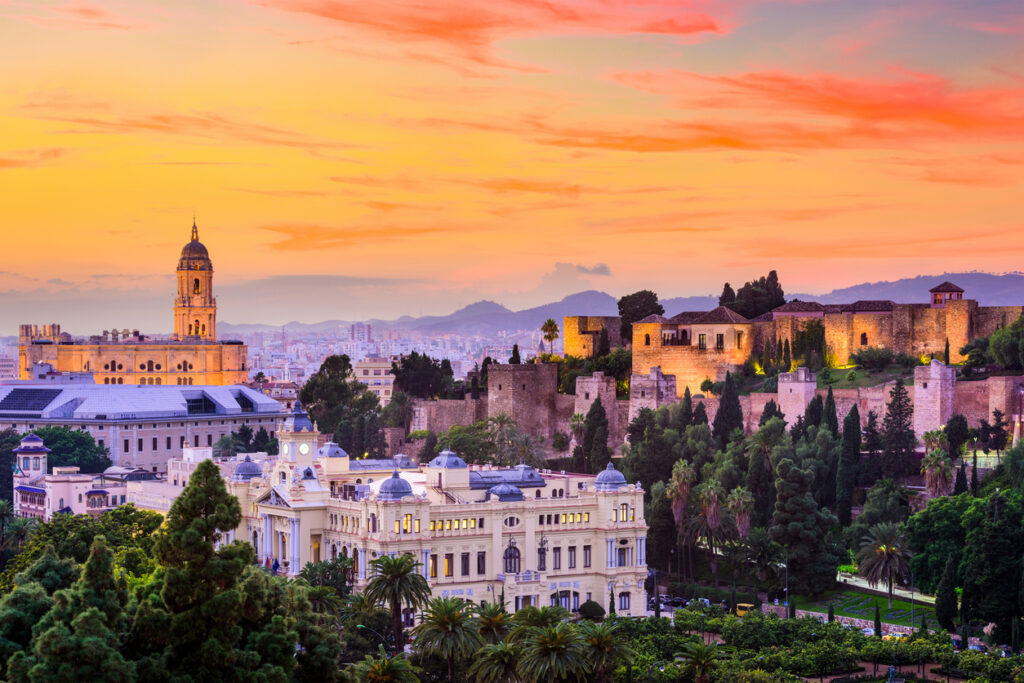
*Note some of the links feature affiliate links. I only recommend items that I 100% love and think you will too!
Day One: Seville Arrives Before You Even Land
You don’t “arrive” in Seville. You slip into it—somewhere between your first café con leche and the third time someone says “tranquila.” Once you’re checked in, skip the nap and head straight to the Real Alcázar. It’s not just another palace—it’s a jaw-drop of tile work, courtyards, and architectural mashups that whisper their history if you’re paying attention.
From there, let yourself drift into the Barrio Santa Cruz. Don’t plan it. Just wander. The alleys will do the work.
By night, flamenco. But not the tourist bus version. Find a tablao like La Casa del Flamenco—small venue, serious emotion. Let it hit. Then eat late and slowly. Seville doesn’t do early dinners, and you shouldn’t either.
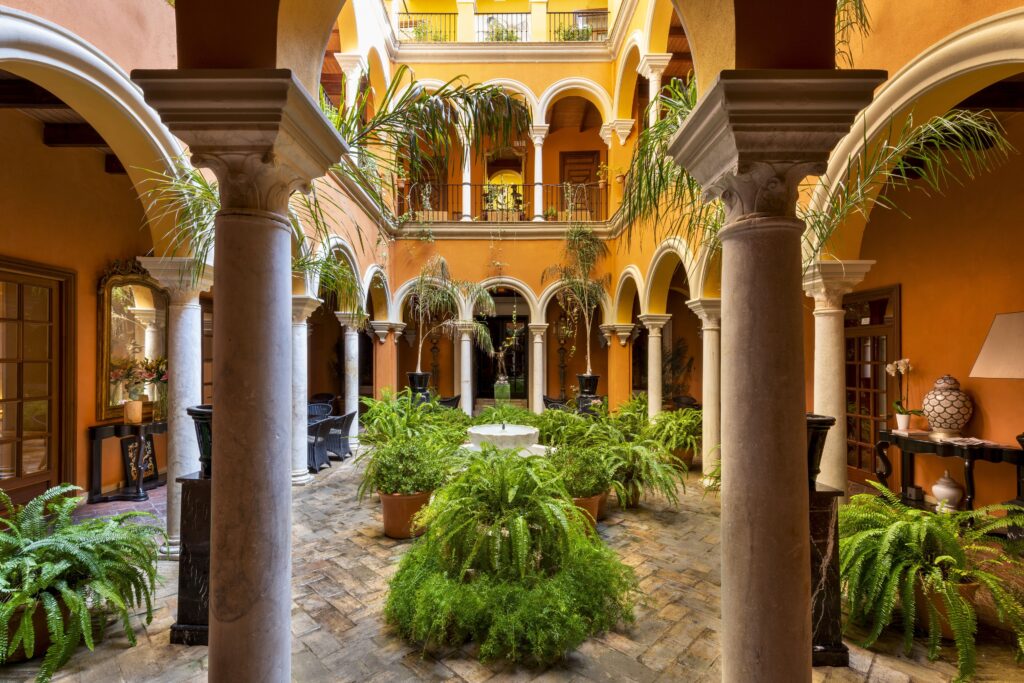
Where to Stay:
Hotel Boutique Casa del Poeta – Hotel Boutique Casa del Poeta is a restored 17th-century Sevillian mansion in the heart of the Santa Cruz neighborhood, just steps from the Cathedral and the Alcázar. With only 18 uniquely decorated rooms, a serene courtyard, and attentive service, it offers an intimate and elegant retreat in Seville’s historic center.
Where to Eat:
- Bodega Santa Cruz (Las Columnas): Loud, fast, and full of locals. Tapas the old way.
- La Azotea: A more elevated take—seasonal plates and killer wines.
- Casa Morales: Rustic charm, jamón hanging overhead, and a solid vermut.
Tips:
- Book your Alcázar tickets early. Like, before you book your flight.
- Flamenco at La Casa del Flamenco offers intimacy over production.
- Don’t ask for dinner at 7 p.m.—they’ll laugh.
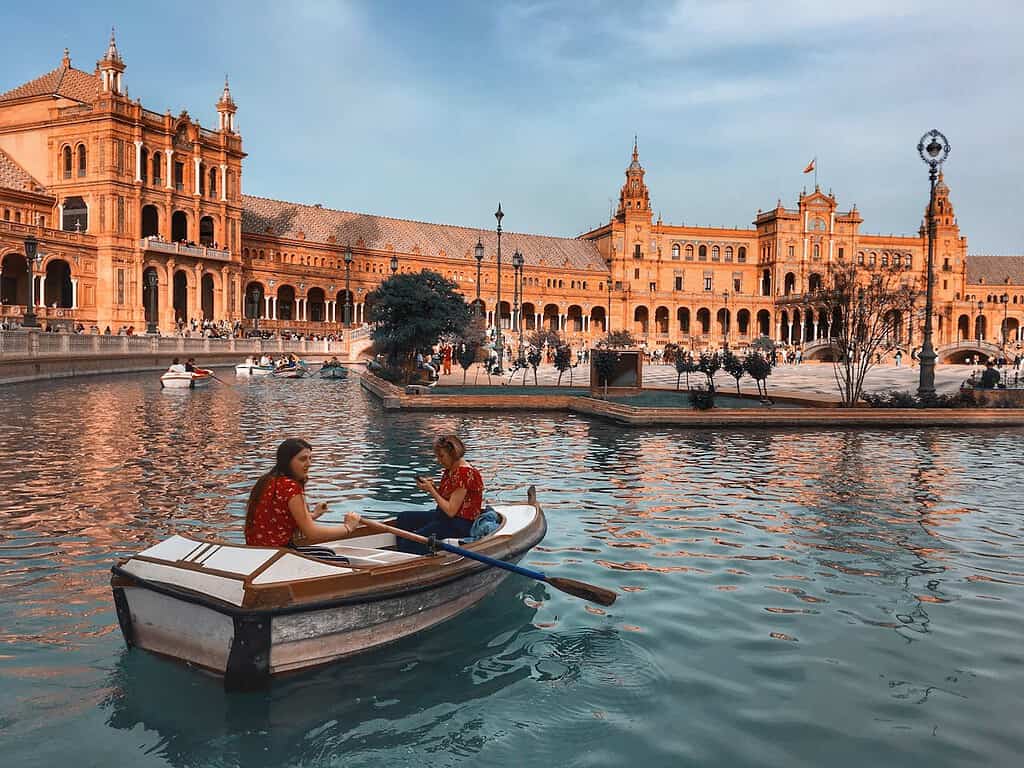
Day Two: Seville, Slower and Better
If Day One was about arrival, today is about atmosphere. Start at Plaza de España—yes, it’s dramatic. But also beautiful. Don’t rush. Then duck into Parque de María Luisa, where mornings unfold slowly under canopies of trees.
Next up: Metropol Parasol—locals call it “Las Setas.” It’s modern, weird, and offers rooftop views that somehow make Seville feel like a toy city. Have lunch nearby—El Pinton or Bar Alfalfa are always good bets.
Later, cross the river into Triana. This is Seville without the selfie sticks. Grab a drink, maybe two. Let the day unwind the way it wants to.
Local Insight:
- Triana doesn’t care what your guidebook says—it’s the city’s soul.
- Book a rooftop drink at Hotel Doña María for cathedral views.

Day Three: Córdoba—Compact, Calm, Completely Worth It
Train from Seville to Córdoba takes under an hour. You’ll arrive, and the first thing you’ll do is feel the pace shift. This city doesn’t try to impress you—it just is.
Walk straight to the Mezquita-Catedral. Yes, you’ve seen pictures. No, they don’t do it justice. The rows of striped arches feel endless, like someone built a forest out of stone.
Afterward, wander the Judería. Tiny alleys, sun-drenched walls, floral patios—Córdoba excels at the quiet wow. Lunch in a courtyard. Trust your server.
Where to Eat:
- Bodegas Campos: A classic choice with serious Andalusian flavor.
- Taberna La Montillana: Small plates done right. Try the oxtail croquettes.
- La Taberna del Río: Great riverside views if the weather cooperates.
Hidden Gems:
- Casa Andalusí: Quiet museum that feels like a time capsule.
- Plaza del Potro: Peaceful, photogenic, and not in every guidebook.
- Avoid La Mezquita’s crowds by arriving when it opens.
Back to Seville tonight—or stay in Córdoba if you want slower mornings.
Still Not Finding the Right Hotel? Use My Southern Spain Map
You’re picky about where you stay—and you should be. The right hotel doesn’t just give you a place to crash. It shapes how you wake up, how you explore, and whether you actually rest.
If none of the spots above hit your sweet spot, I’ve got you covered. I built a custom map of southern Spain boutique hotels so you can zoom in on exactly where you want to be—by the Alhambra, near a hidden plaza in Seville, steps from a beach in Málaga.
Use the map to below:
Local Insight:
- A slightly more expensive room in the right location saves you hours of walking and logistics.
- Look for family-owned properties—they often include breakfast, insider tips, and better sleep.
Bookmark it now. Your future self will thank you.
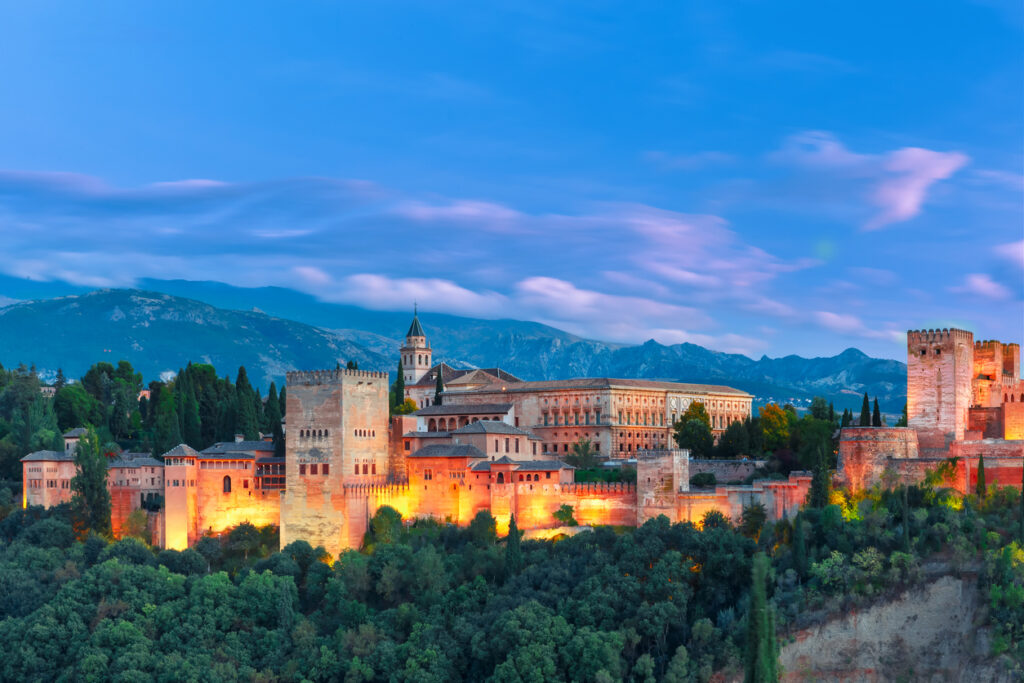
Day Four: Granada’s Invitation
There’s a reason “Granada” means “pomegranate.” This place is layered, seeded with beauty, and a little unexpected.
Check in, drop your bags, and head uphill to the Albaicín. This isn’t sightseeing—it’s meandering through a neighborhood that’s older than memory. At the top, Mirador de San Nicolás waits. The view? The Alhambra, lit by late sun, with the Sierra Nevada behind it. It doesn’t look real. That’s kind of the point.
Dinner in Realejo or tucked into a flamenco cave in Sacromonte if you’re feeling bold. Either way, free tapas still happen here. Let them.

Where to Stay:
Áurea Catedral by Eurostars Hotel Company – Perfectly positioned next to Granada’s Cathedral, this stylish hotel combines contemporary design with Andalusian heritage. Request a cathedral-view room to wake up to one of the city’s most iconic sights.
Where to Eat:
- Bodegas Castañeda: Local joint with loud energy and classic Andalusian vibes.
- El Mercader: More refined, still local. Incredible meat dishes.
- Bar Los Diamantes: Fried fish tapas and zero pretense.
What to Know:
- Granada runs late. Tapas don’t start until 8 or 9 p.m.
- The Albaicín is hilly. Dress accordingly.
- You’ll feel the altitude—and the emotion.
Day Five: Alhambra—Show Up and Let It Wreck You
If there’s one thing you don’t wing, it’s your Alhambra visit. Hopefully, you booked a morning slot. If not, stop reading and go fix that.
Start with the Nasrid Palaces—ornate, mathematical, strangely intimate. The Generalife gardens are more open, more romantic. The Alcazaba gives you the whole valley at once.
When you finish, walk back to town via Cuesta de los Chinos. It’s uneven, steep, and beautiful. You’ll pass locals, cats, musicians, and maybe silence.
Lunch? Anything nearby that smells good. Granada’s full of honest kitchens.
Tips:
- Book tickets months in advance. Choose the earliest slot you can handle.
- Bring water and don’t rush.
- It’s okay to cry a little. People do.
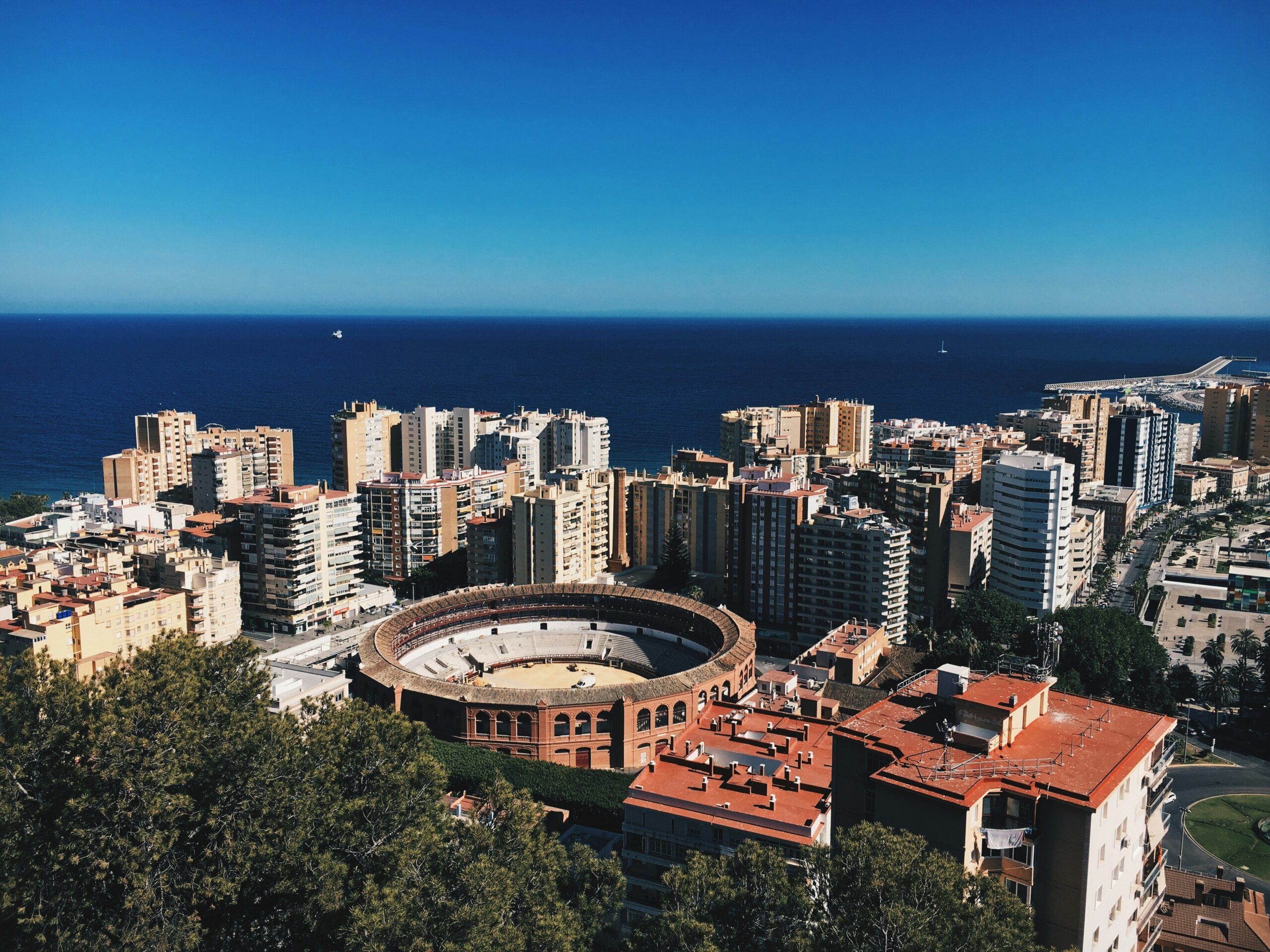
Day Six: Málaga—Relaxed, Cool, Underrated
You’ll land in Málaga expecting a beach break. And sure, it’s that. But also: history, Picasso, and a wine bar every 20 steps.
Start at the Picasso Museum. It’s small, curated, and personal. Then explore the Roman Theatre and the Alcazaba—they’re layered right into the city like a conversation across centuries.
Lunch at El Pimpi. Loud, full, classic. Afternoon = La Malagueta beach. Shoes off. Head clear.
Evening? Soho. Street art. Tapas. Craft cocktails. If Seville is elegance and Granada is gravity, Málaga is the wink.
Where to Eat:
- El Pimpi: Touristy? Yes. Worth it? Also yes.
- Casa Lola: Energetic, noisy, and full of tapas joy.
- La Cosmopolita: Inventive, upscale, local flair.
Local Insight:
- Picasso’s actual childhood home is just around the corner—quiet, authentic, often missed.
- Málaga’s food scene is having a moment. Lean in.
- Don’t skip dessert here: try tarta de almendra (almond cake) or local ice cream.
Day Seven: Soft Landing, Smart Goodbyes
No pressure today. Just coffee (try Café Central) and a slow walk through Atarazanas Market for last-minute edible souvenirs. Maybe a seat near the marina. Maybe a final tinto de verano.
If you’ve got time before your flight, revisit a favorite spot from yesterday. Or don’t go anywhere at all.
What to Know:
- Málaga’s airport is close—but get there early.
- You’ll already be planning the next trip.
- That’s how Andalusia works.
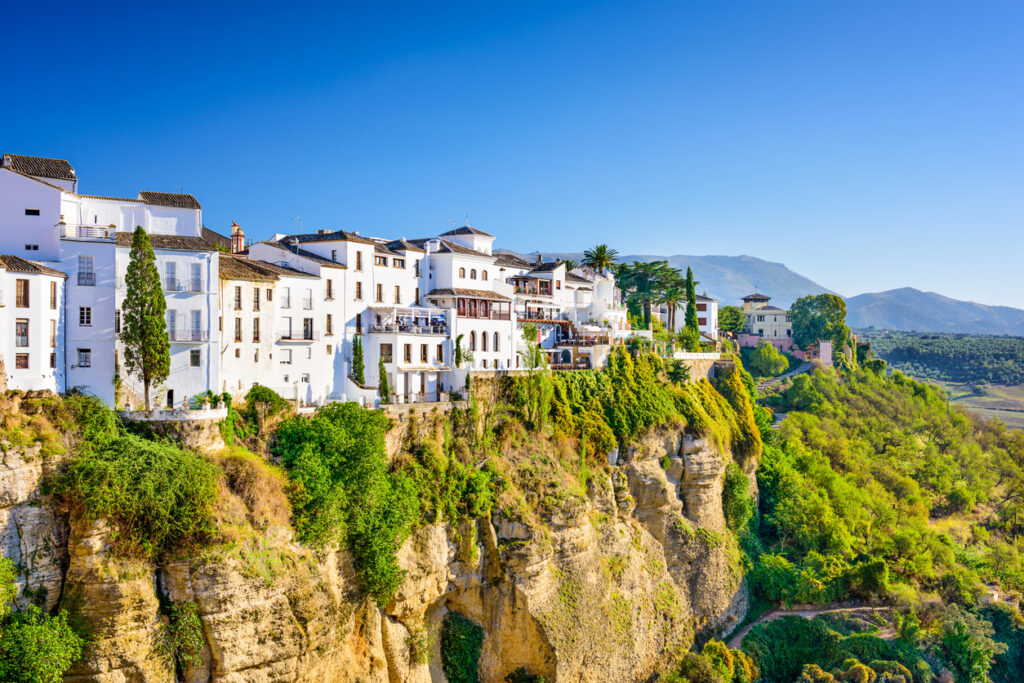
Want to See More? Add These Southern Spain Gems
If you’ve got more than 7 days (or just want to extend your trip in your head for now), you’re in luck. Southern Spain is dotted with villages and towns that feel like time pulled over for a coffee. These are the places that don’t make every itinerary—but should.
Ronda
Dramatic doesn’t even begin to cover it. Ronda sits on a cliff with a 100-meter-deep gorge splitting it in two, connected by the legendary Puente Nuevo bridge. Add cobbled streets, a deep bullfighting history, and sweeping valley views, and you’ve got a place that makes you feel tiny—in the best way.
Setenil de las Bodegas
This one’s weird—in the best possible way. Setenil is built into and under giant rock overhangs. Like, actual homes and tapas bars are tucked beneath massive stone slabs. It’s small, unique, and makes for a surreal afternoon.
Frigiliana
Up near Málaga, this whitewashed hilltop town is part Andalusian fairytale, part art gallery. Its mosaic-tiled streets, blue doors, and mountain views make it one of the most photogenic spots in the region. It’s also just a short hop from the beaches of Nerja.
Zahara de la Sierra & Grazalema (Sierra de Grazalema Natural Park)
For nature lovers and road-trippers, this area delivers: hiking trails, turquoise reservoirs, and little villages with no rush and no noise. Great for a driving loop between Ronda and Cádiz.
Vejer de la Frontera
Vejer feels like someone mixed Moroccan and Spanish coastal energy into a single hilltop village. Think breezy terraces, creative food, and walls that glow at sunset. If you’re heading toward Cádiz or the Atlantic coast, it’s a perfect stop.
Planning to see more of southern Spain? Don’t miss my guide to The Ultimate Andalusian Road Trip: Malaga to Seville—a journey through white villages, historic cities, and landscapes that define Andalucía. Read it here to map out the perfect route.
Tips for Adding These Stops:
- Rent a car. Trains don’t reach these towns easily.
- Spend at least one night in Ronda or Vejer if you can swing it.
- Visit white villages mid-week to avoid crowds.
- Take it slow—these are “sit in the plaza with a wine and do nothing” kind of places.
Conclusion: Seven Days That Land Different
This southern Spain itinerary 7 days isn’t a checklist—it’s a story. One that starts with open plazas and ends with salty air. In between? Magic. Not just the kind on postcards—but the kind you carry.
You didn’t “see” Andalusia, you met it, listened and you let it change your pace.
And if you’re already planning your return—good. That means you did it right.
FAQ’s
What is the most beautiful town in southern Spain?
The most beautiful town in southern Spain is often considered Ronda. Perched over a dramatic gorge with views that look impossible, Ronda offers whitewashed charm, historic bullrings, and stunning natural scenery. That said, each town has its moment—Vejer de la Frontera, Frigiliana, and Carmona all give Ronda a run for its money depending on what beauty means to you: views, architecture, or just that feeling.
How long should you spend in the south of Spain?
To do southern Spain right, plan for at least 7–10 days. That gives you time to explore cultural hubs like Seville and Granada, take a day trip to Córdoba, and unwind on the coast in Málaga or Cádiz. Less time is doable—but the region rewards slower travel. If you want to experience both the iconic sights and the soulful, unfiltered corners, a week is the minimum.
Where is the best place to visit in southern Spain?
The best place to visit in southern Spain depends on your travel style, but Seville is often the top pick. It’s walkable, endlessly photogenic, packed with food and culture, and sets the tone for understanding Andalusia. If you’re into Moorish architecture, Granada with its Alhambra is a must. For coastal charm, head to Málaga or Cádiz. Want all three vibes in one trip? That’s what our itinerary is for.
Is Granada closer to Seville or Madrid?
Granada is closer to Seville than it is to Madrid. The distance from Granada to Seville is about 250 km (155 miles), and takes roughly 2.5 hours by car or bus. From Madrid, it’s around 420 km (260 miles), and takes about 3.5–4 hours by high-speed train. So if you’re planning a route, Seville → Granada makes more sense logistically than starting from Madrid.
Things To Do in Andalucia
Discover the magic of southern Spain with our curated guides, offering insights into its most captivating destinations and experiences. From comparing iconic cities like Seville, Granada, and Córdoba to exploring festive traditions, family-friendly travel tips, and luxurious Arabic baths, there’s something for every traveler. Whether you're planning a road trip, high-speed train adventure, or a seasonal visit, these articles will help you make the most of Andalusia's rich culture and charm.
Your Complete Guide to the Seville April Fair 2025
A Luxurious Journey Through Andalusia’s Best Arabic Baths
Granada vs. Seville: Which Travel Destination to Choose?
Ultimate Guide to Visiting Seville with a Toddler
Córdoba or Seville: Which Spanish Gem is Right for You?
Christmas in Andalusia: How Southern Spain Celebrates the Festive Season
Seville Calling: The Ultimate Guide to Spain's Passionate City
A Guide to the Madrid to Seville High-Speed Train
The Ultimate Andalusian Road Trip: Malaga to Seville
Seville with Kids: How to Beat the Heat and Have a Blast
Disclaimer: The content on Must See Spain is provided “as is” with no guarantees of accuracy, reliability, or suitability. Travel involves risks, including injury, illness, theft, or unexpected events. Must See Spain is not responsible for any issues encountered during your travels. Always verify information independently and check local sources before making plans.
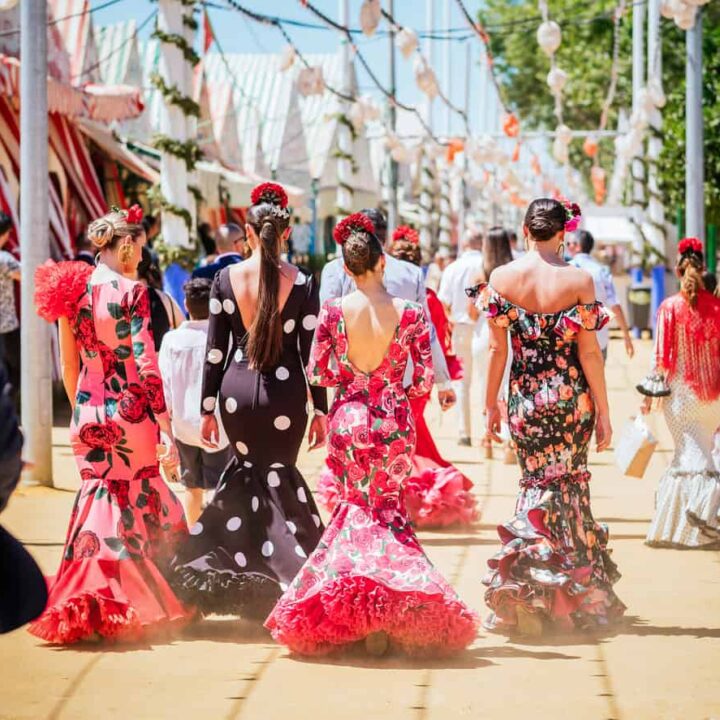
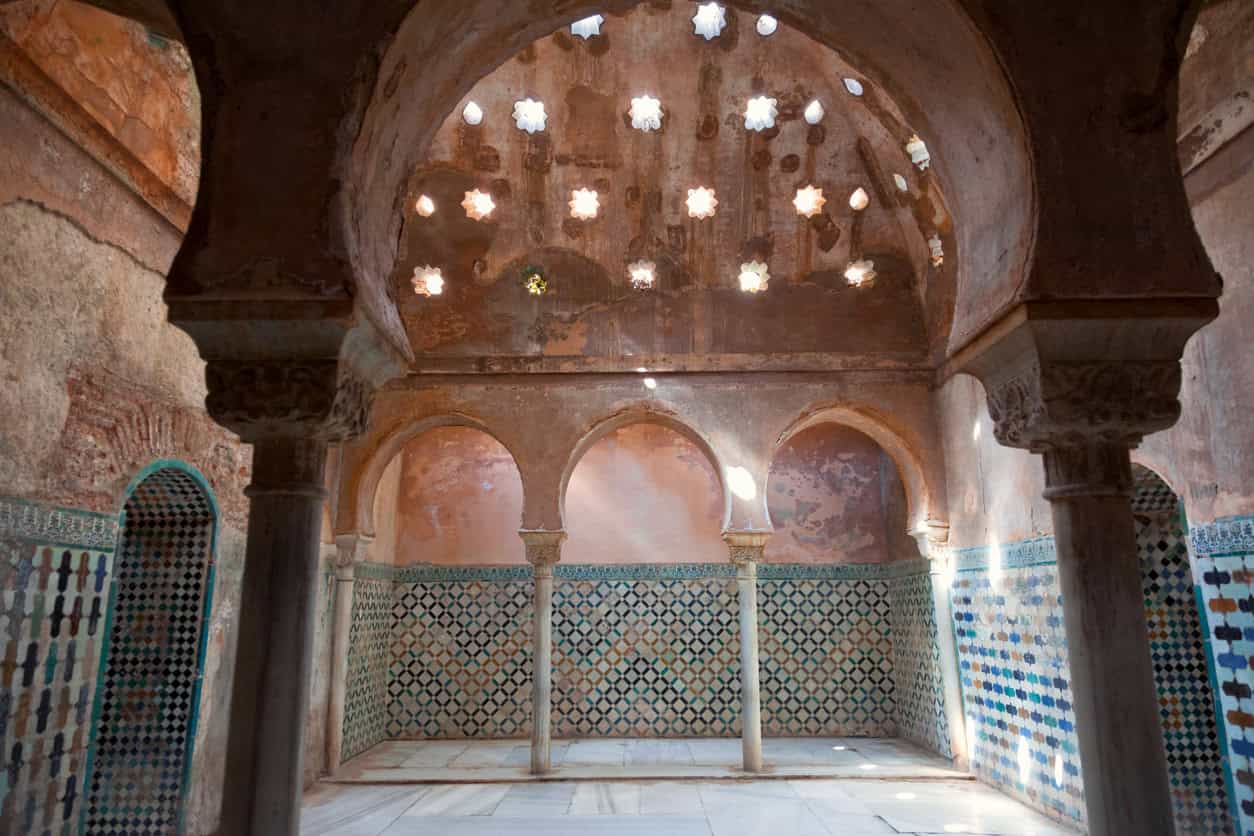
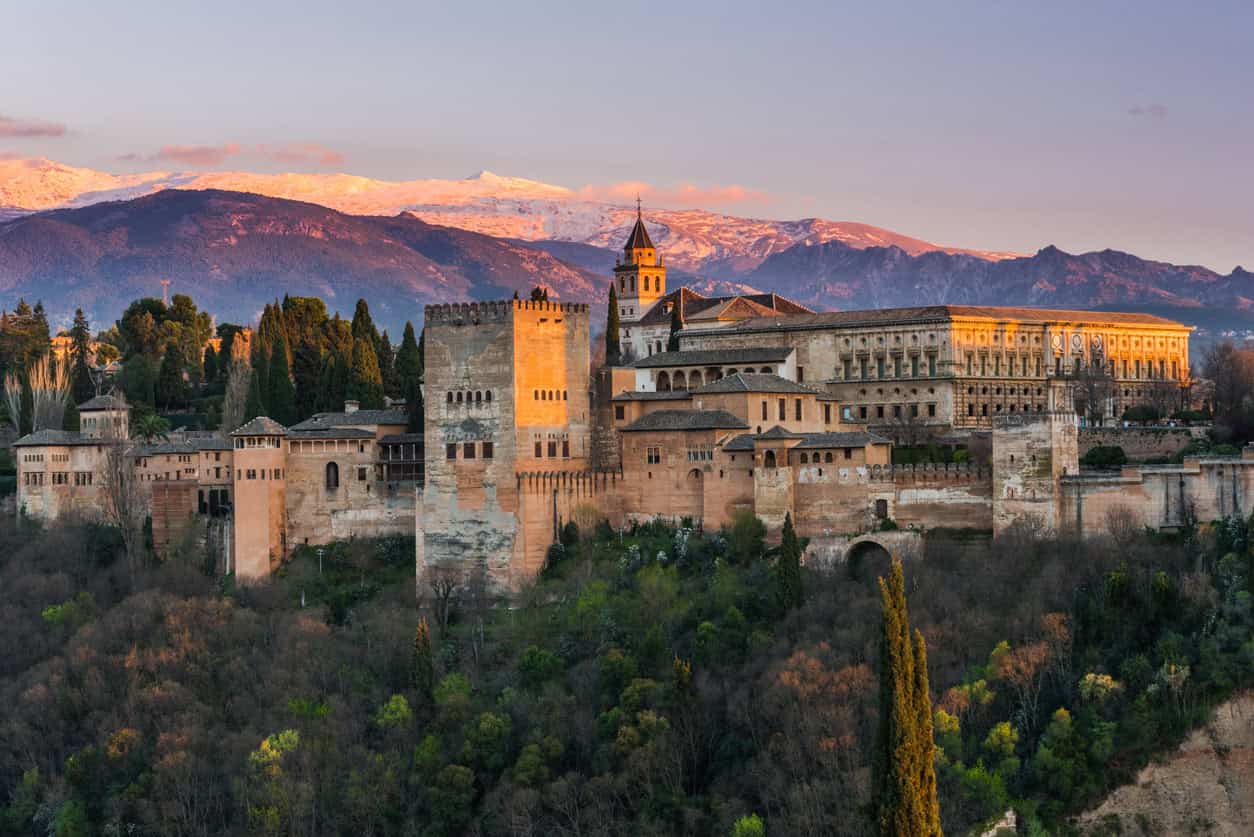
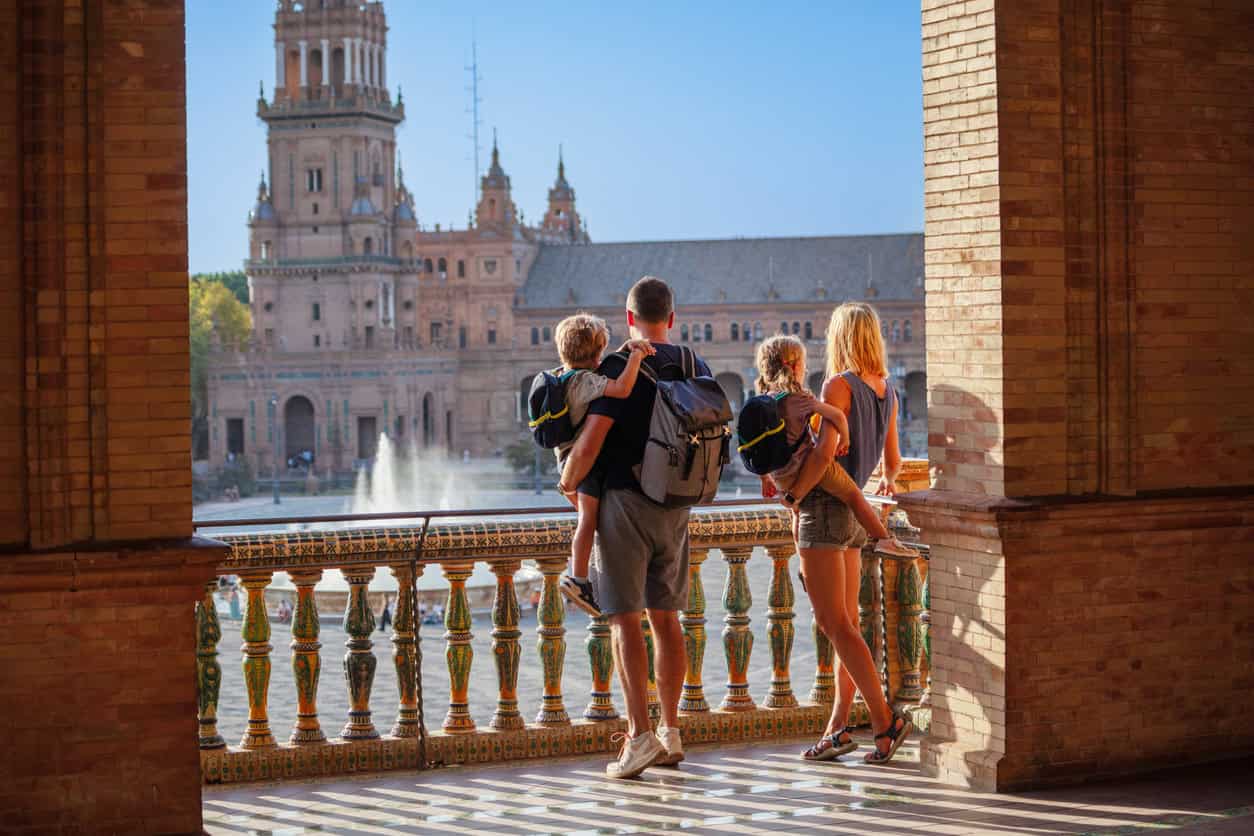
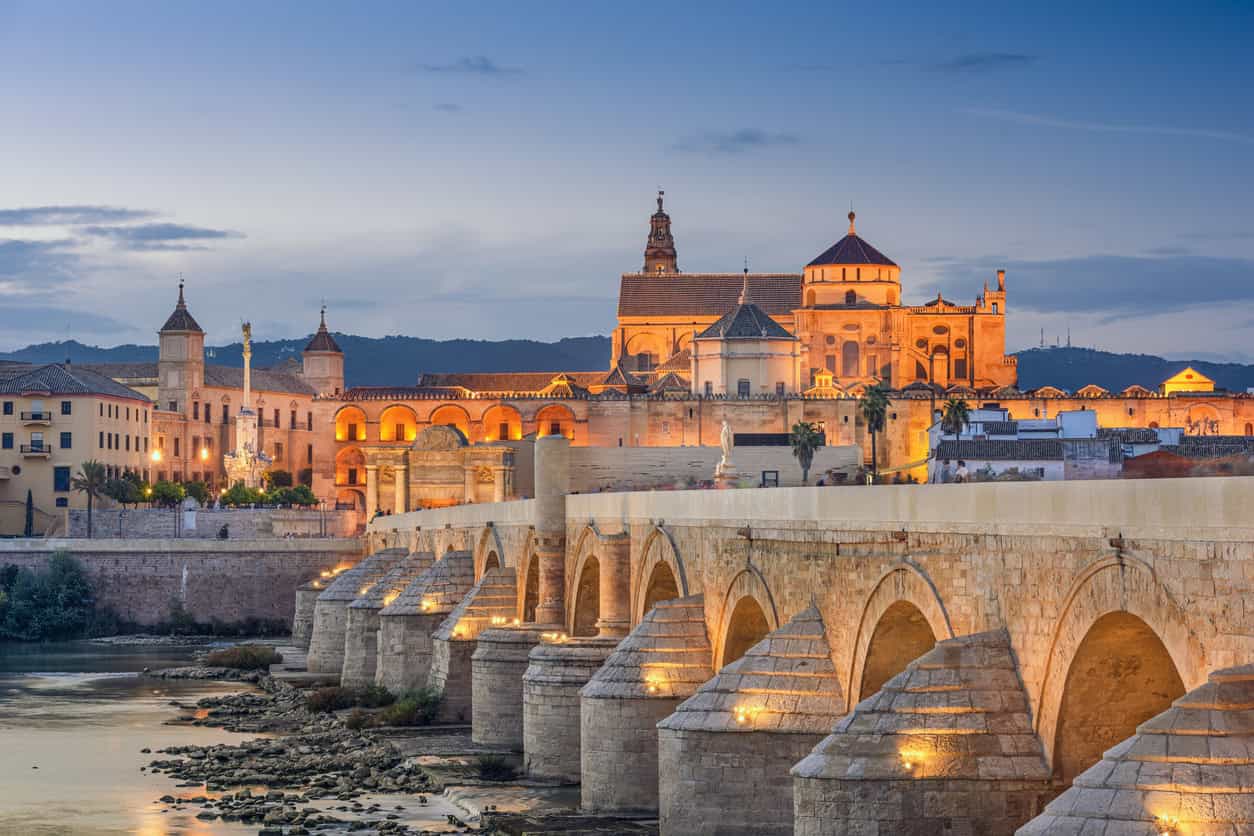
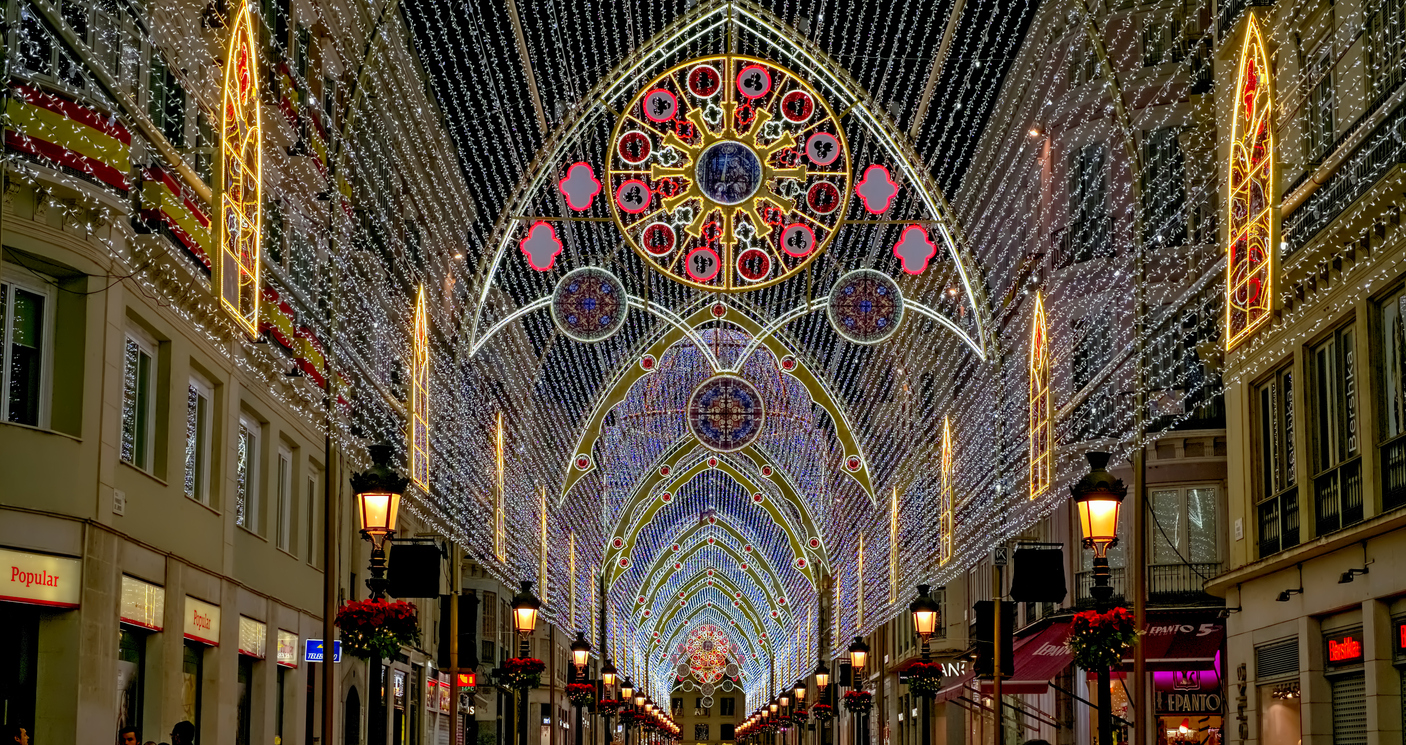
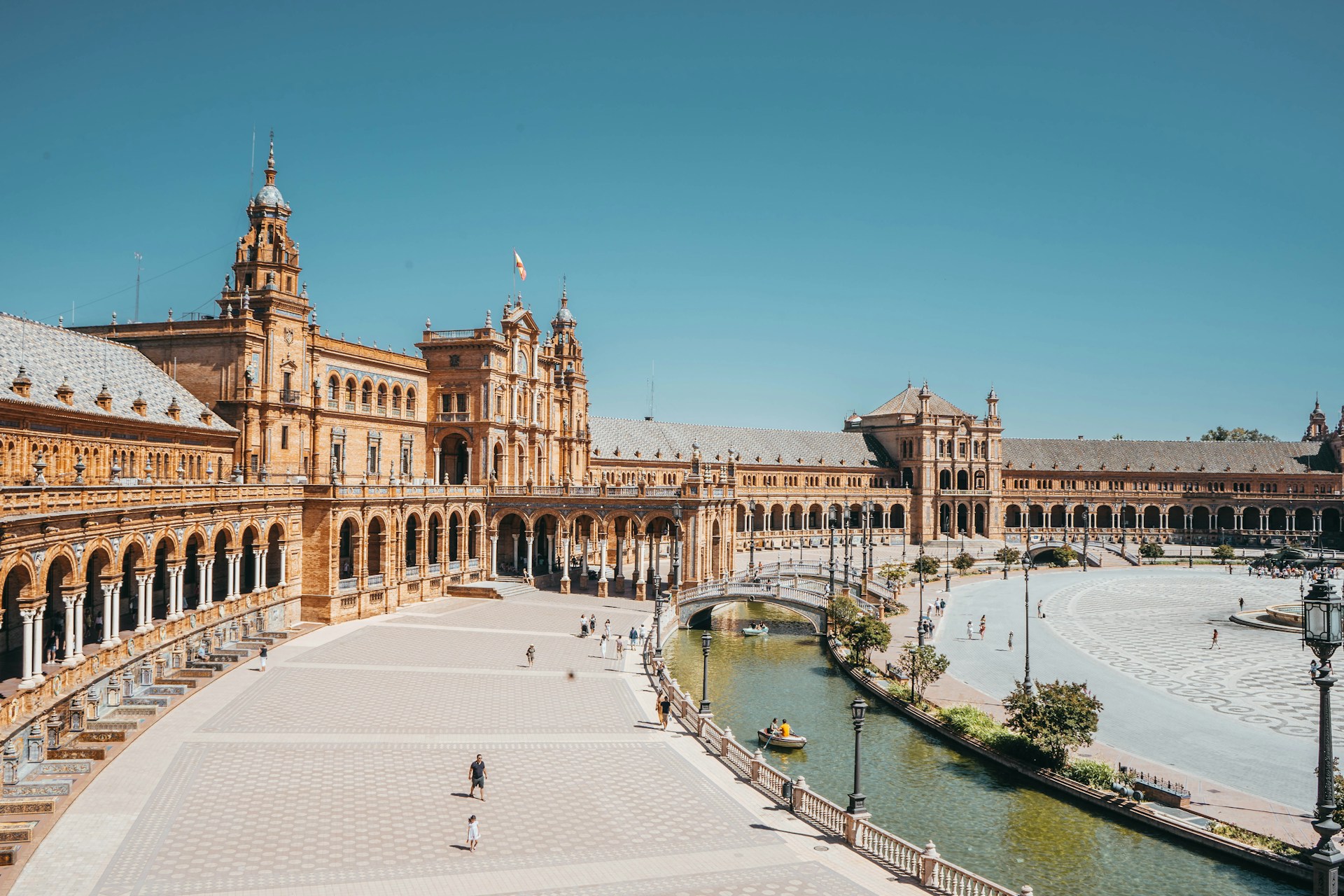
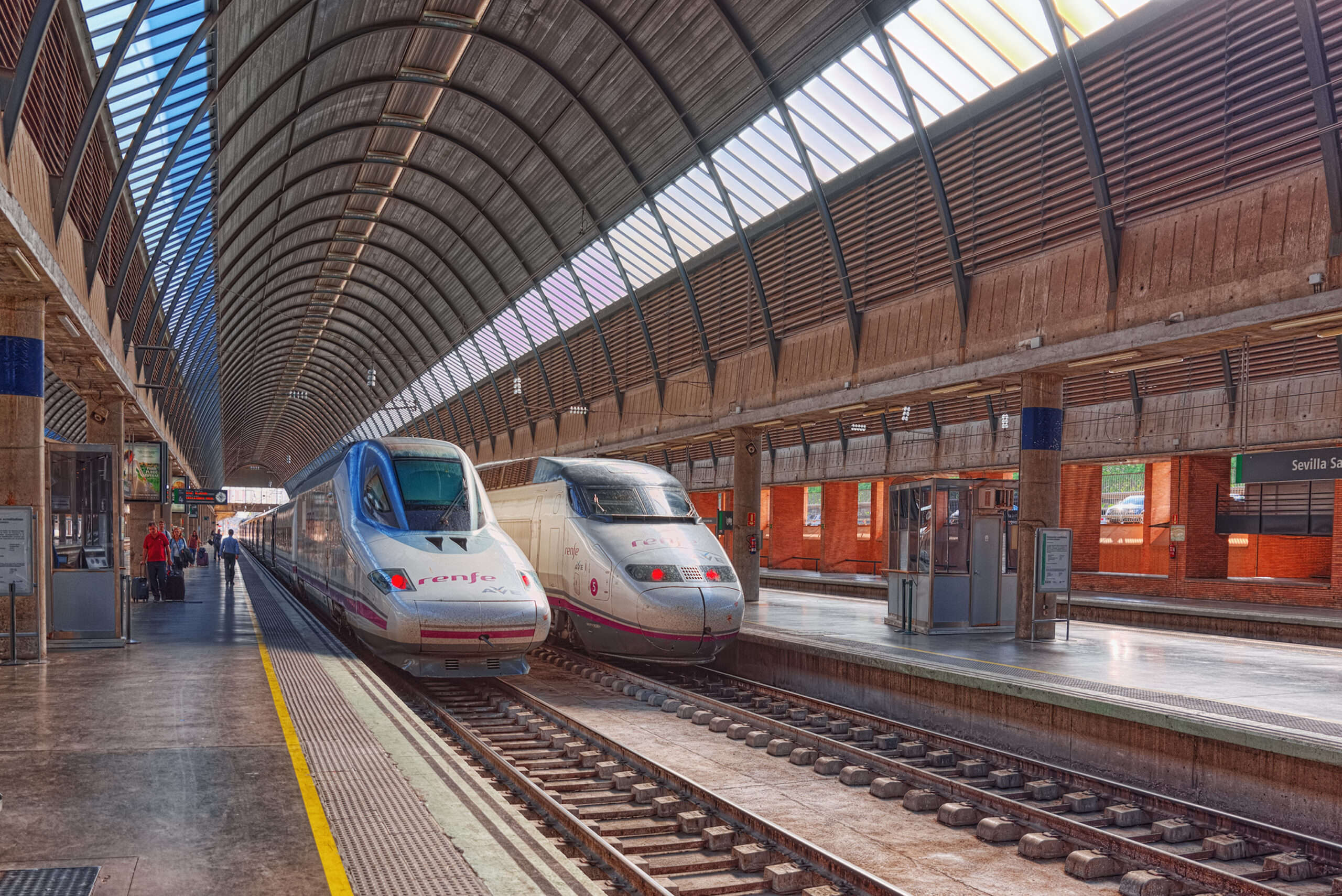
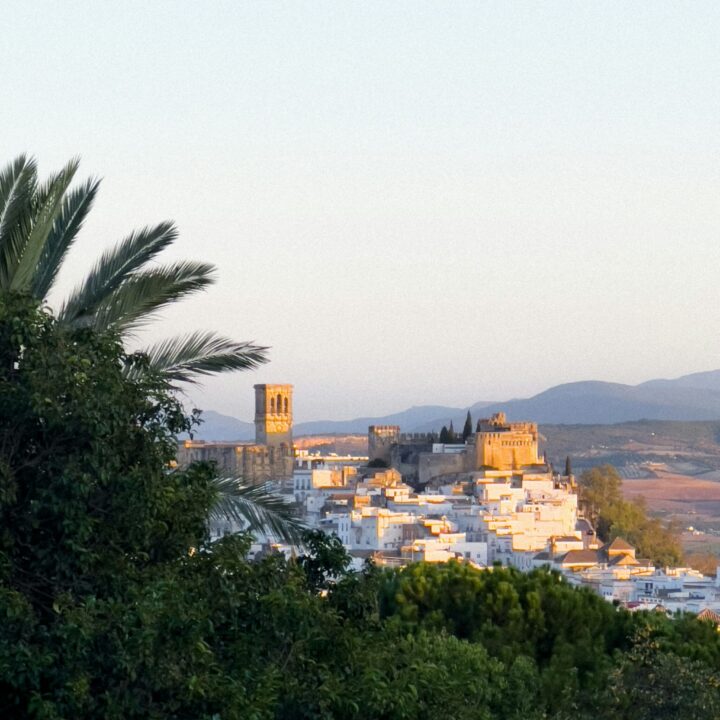
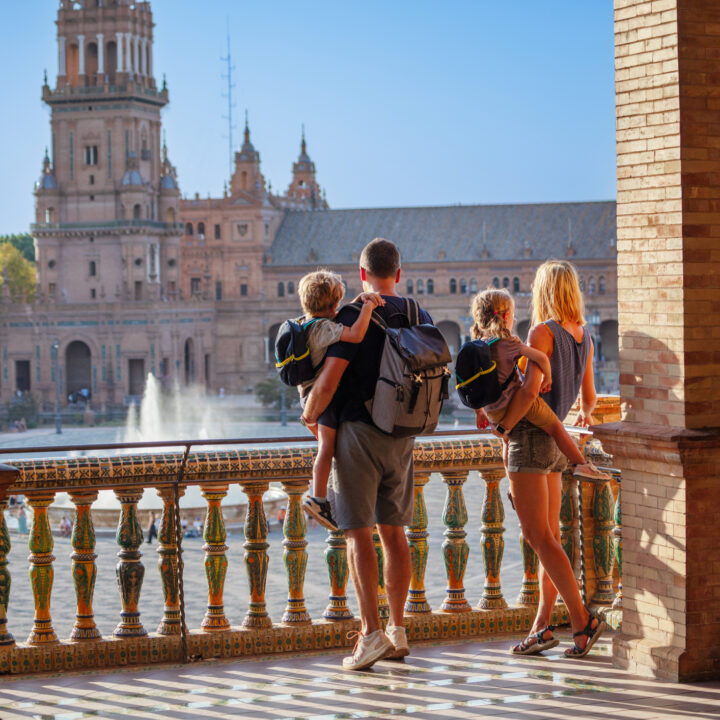
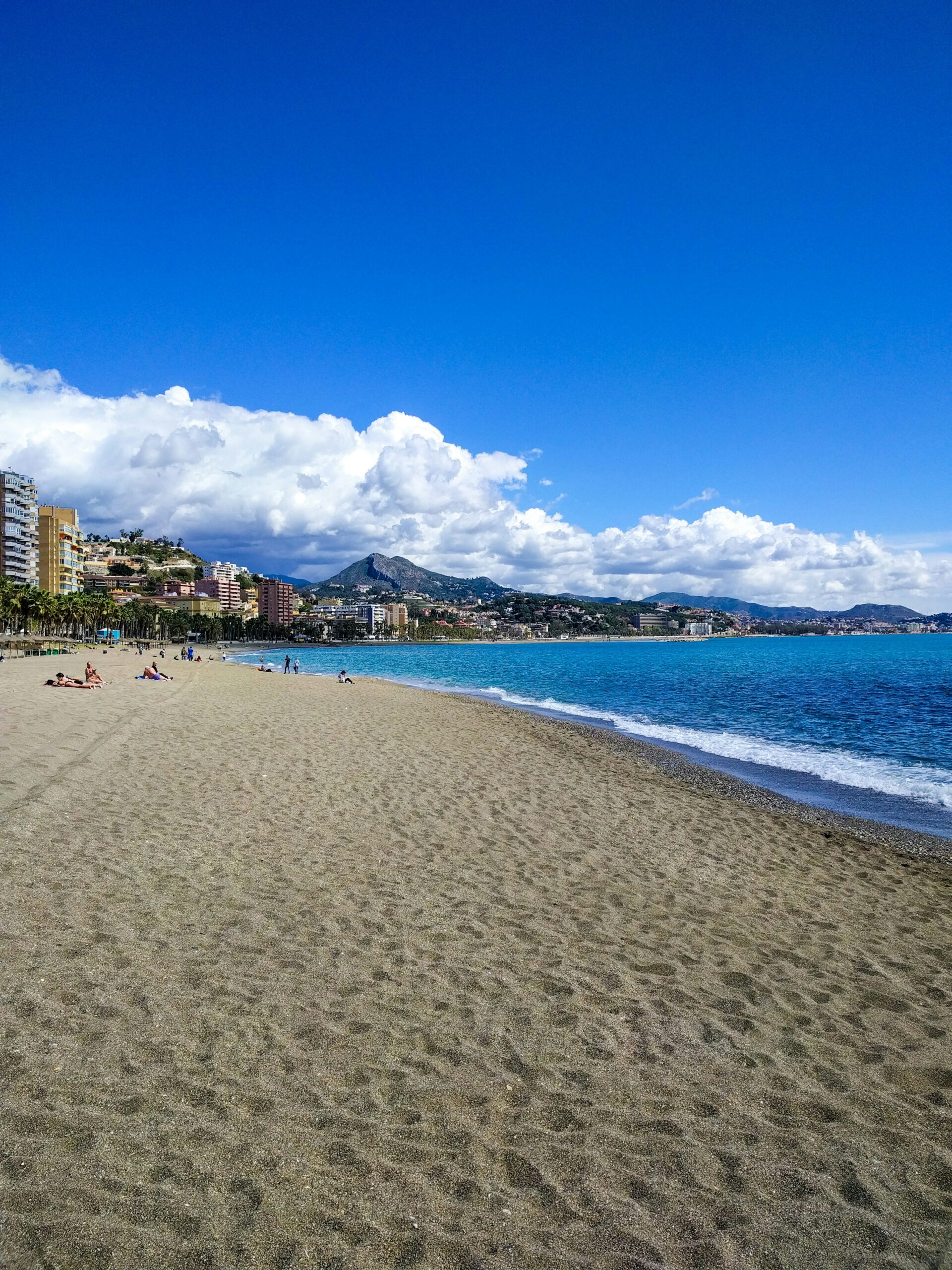
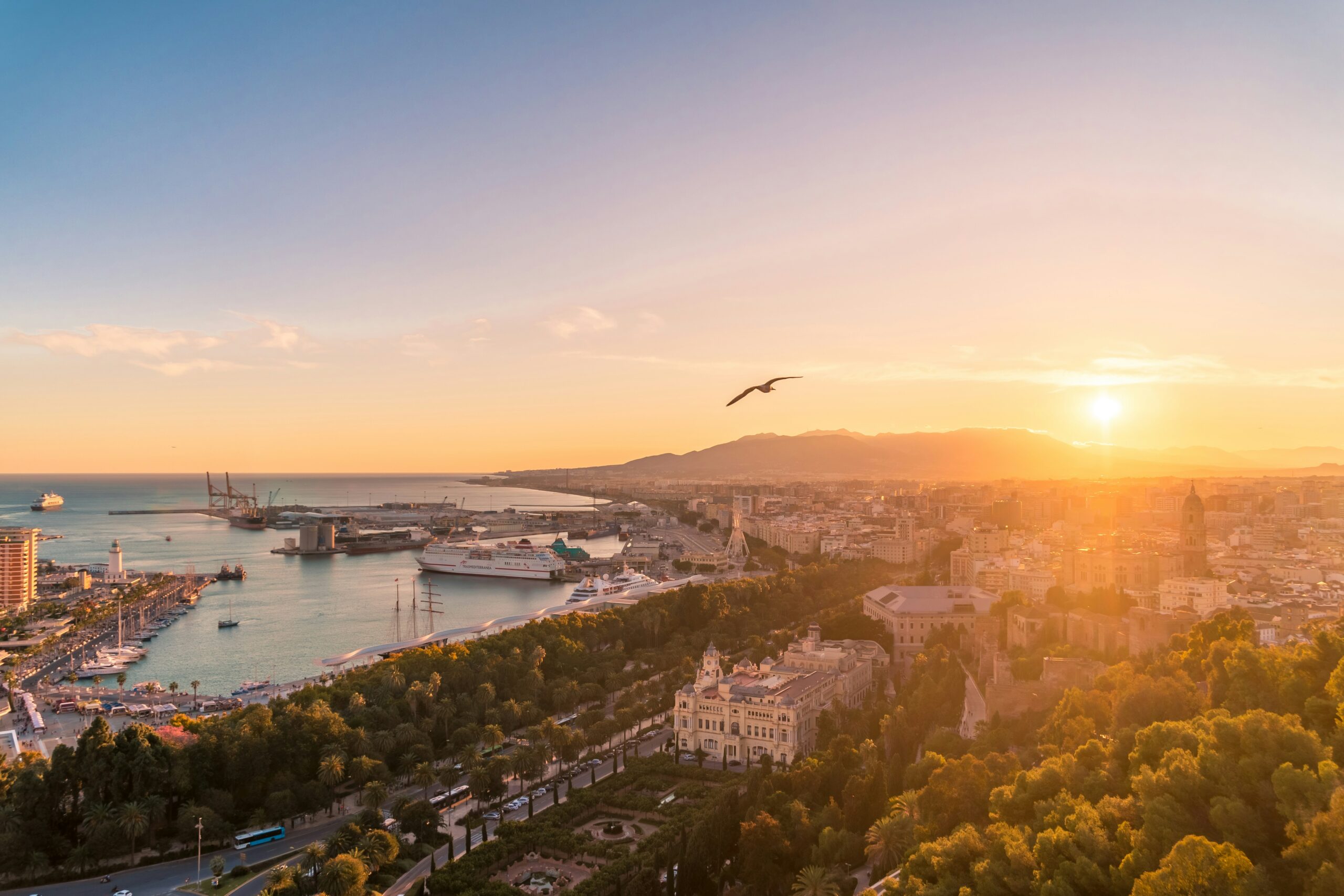
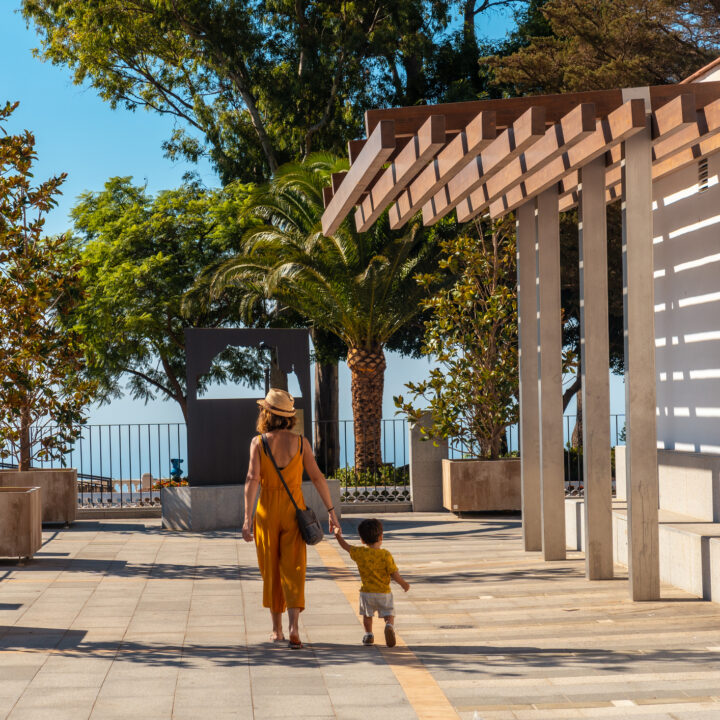
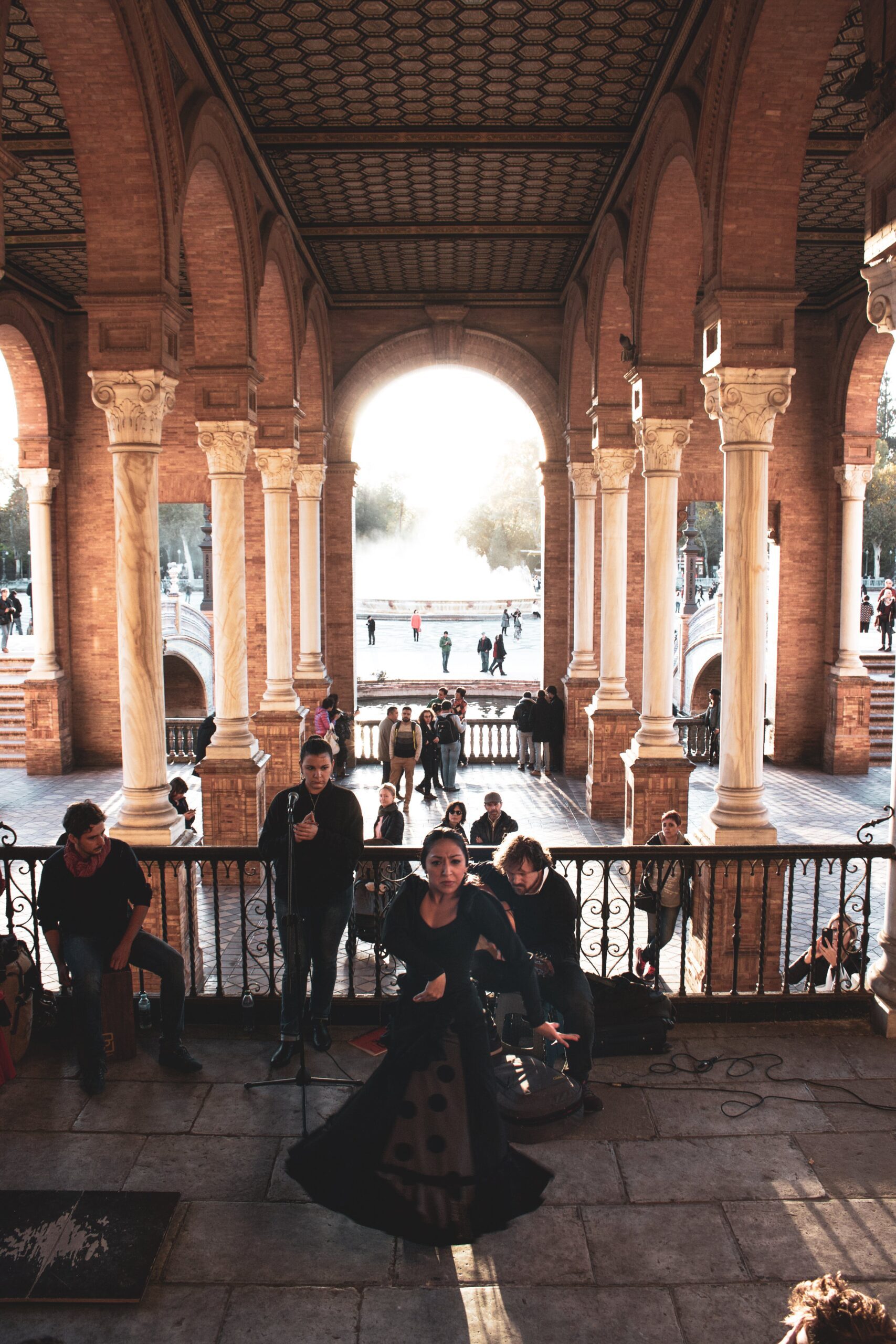
Comments Off on Southern Spain Itinerary 7 Days: Culture, Chill, and Zero Chaos